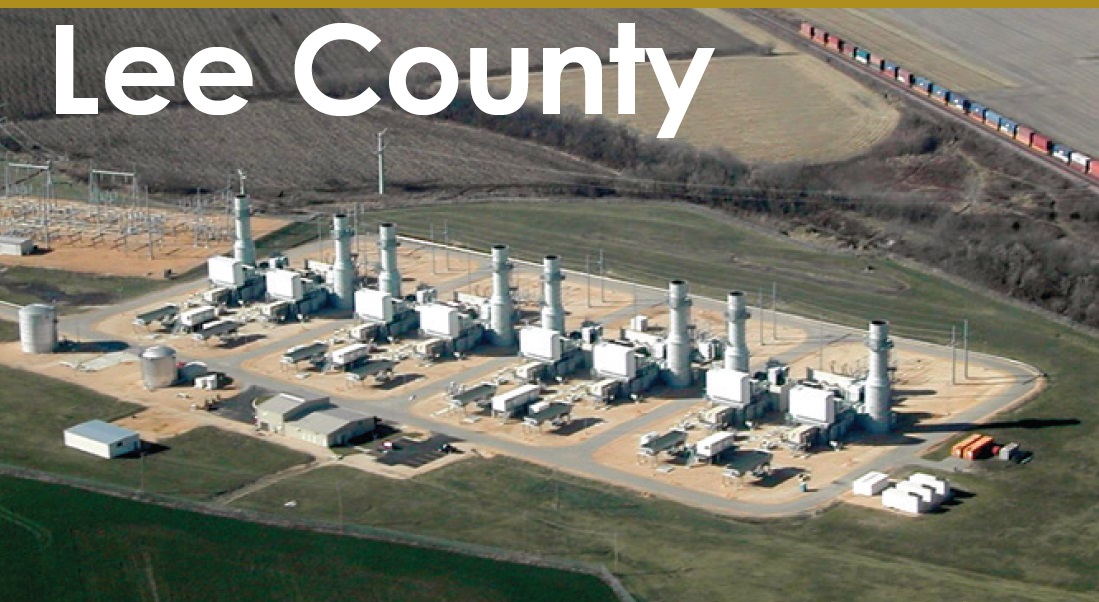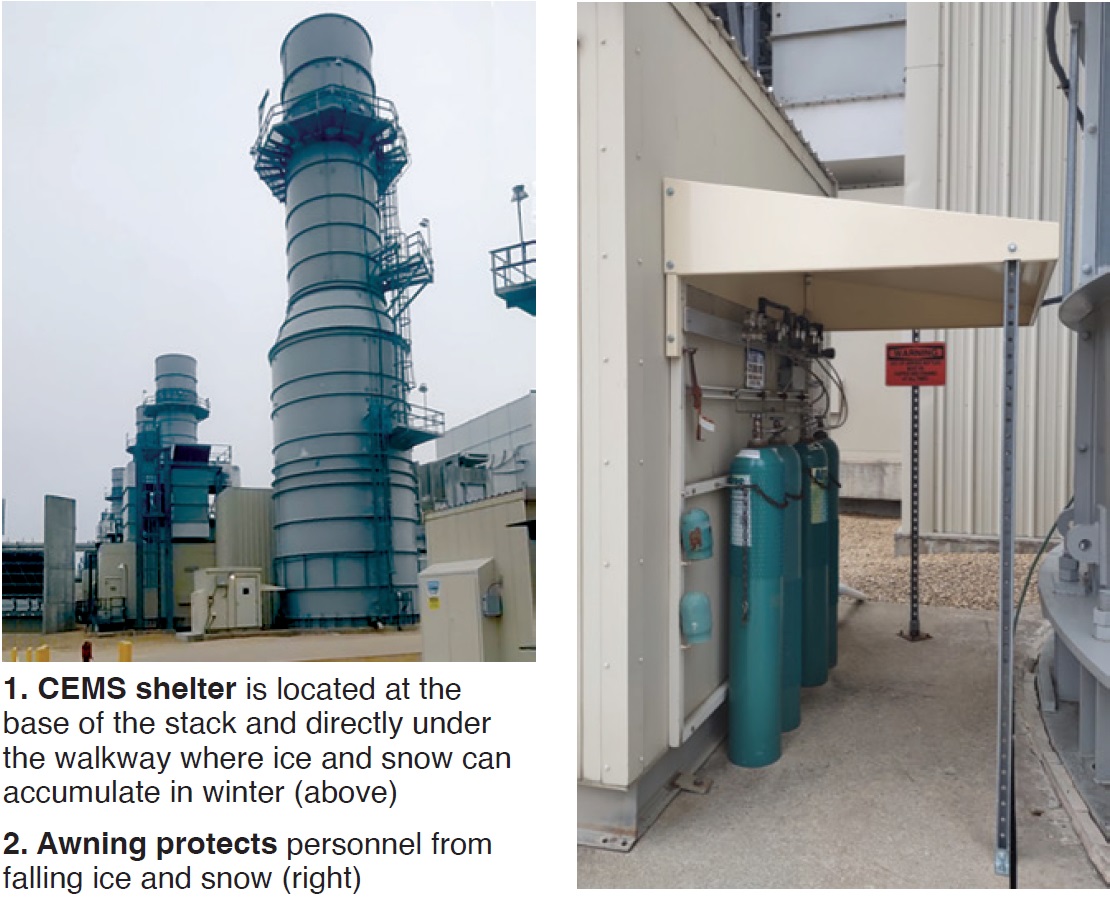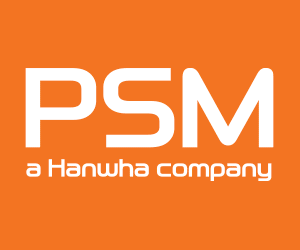
Lee County Generating Station
Owned by Rockland Capital
Operated by NAES Corp
688 MW, 8 × 0 7EA-powered peaking plant operating on natural gas, located in Lee County, Ill
Plant manager: Keith Koziol
Protecting operators from falling ice
Challenge. Lee County, a peaking plant in northern Illinois, experiences long periods between operations. Calibration cylinders for the facility’s continuous emission monitoring system are located outside the CEMS shelter, only 4 ft from the 90-ft exhaust stack.
Safety hazard: During winter operations, snow and ice can accumulate on the grated walkway the encircles the stack 80 ft above ground level and directly over the space between the CEMS and exhaust stack (Fig 1). Snow and ice can fall unexpectedly from this height to where technicians stand to take pressure readings and replace calibration cylinders, thereby creating the potential for severe injuries.

Solution. The original design had only a small, lightweight, metal awning that barely covered the calibration cylinders. Using a local weld shop, a new larger awning made of heavy-gauge steel was designed and built. Site technicians mounted the new awning to existing mounting points on the CEMS shelter and used Unistrut to support the far end (Fig 2). This awning created a protected area for technicians to stand while servicing the CEMS cylinders.
Results. No one has been hit by falling ice; however, it can be unnerving when a chunk hits the new cover.
Project participant:
David Ackert, O&M technician.
Mobile electronic device makes plant readings more accessible
Challenge. A powerplant should not be operated solely from the control room. Operator rounds are a necessity because certain readings and observations are not available via turbine-control or plant DCS systems. Eyes and ears are needed out in the plant.
Paper rounds sheets were used for years with some notable shortcomings, including the following: paper logs are handled several times, readings are not always legible, historical data is not easily accessed, data trending is a cumbersome task, observation/issue comments are not always captured well and tracking the status of them is another administrative process, records retention results in many boxes in the warehouse.
Solution. Plant management evaluated several commercial solutions for electronic data gathering and retention and selected AssetSense. The vendor worked with plant personnel to perform database and mobile device interface screen setup tasks, define data observation points, set normal reading parameters, and organize operator routes.
The readings are entered on touchscreen iPads and out-of-parameter readings are highlighted in red. The previous reading is displayed just to the left of the data entry box. A comment can be added for any data point, or it can be marked “out of service” if needed. With a touch, an operator can view a graphical trend of the last 15 readings. A checkbox is provided to indicate if visual check is “Not OK,” or alarms are present.
Back in the control room the data are uploaded to a cloud-based database via Wi-Fi. If a reading was missed or not marked out-of-service, the mobile device interface screen prompts the operator by highlighting the empty data box in yellow; an entry is needed to continue the upload. These data become readily available for review and trending analysis via a utility on the iPad as well as online.
Certain regulatory (or insurance company) routes are incorporated: SPCC (spill prevention, control, and countermeasure) walk-down inspections, EHS walk-down inspections, draining of SPCC containments, main breaker readings, etc.
Results:
- The burden of retaining box loads of paper logs is gone.
- Historical data can be accessed easily and trended on the AssetSense website, or downloaded to Excel.
- Inspection records can be retrieved easily.
- Issue comments can be retrieved separately, and each can be tracked to completion.
Project participants:
Keith Koziol, plant manager
Ryan Hmielak, maintenance specialist
Mark Lane, O&M technician
David Ackert, O&M technician
Mike Packer, O&M technician









